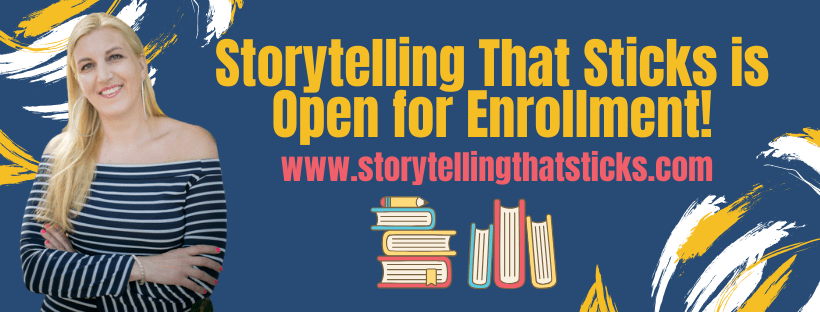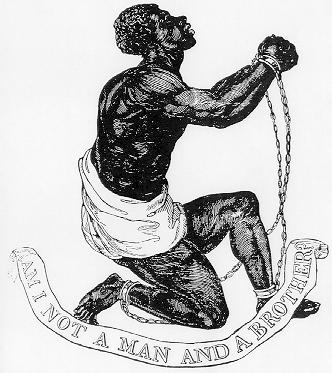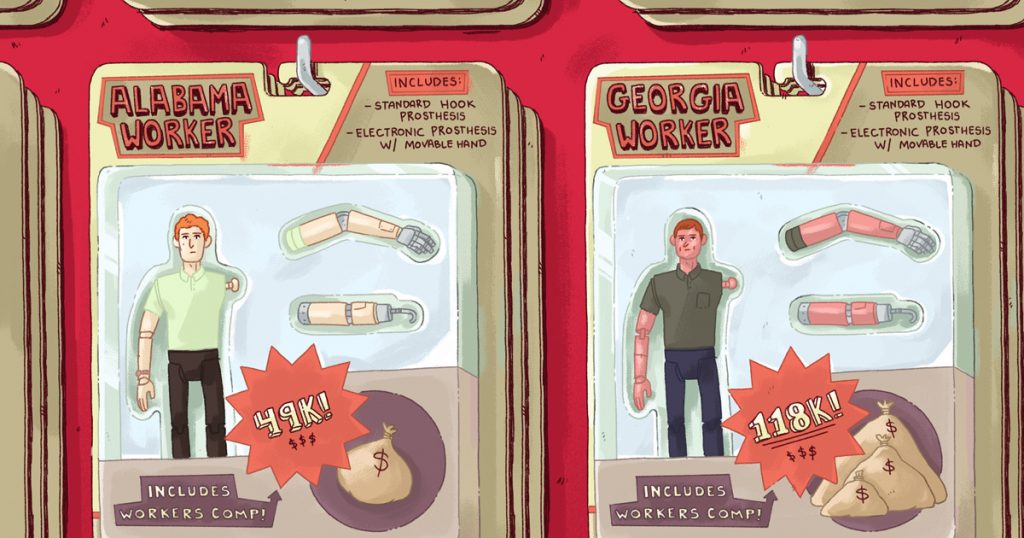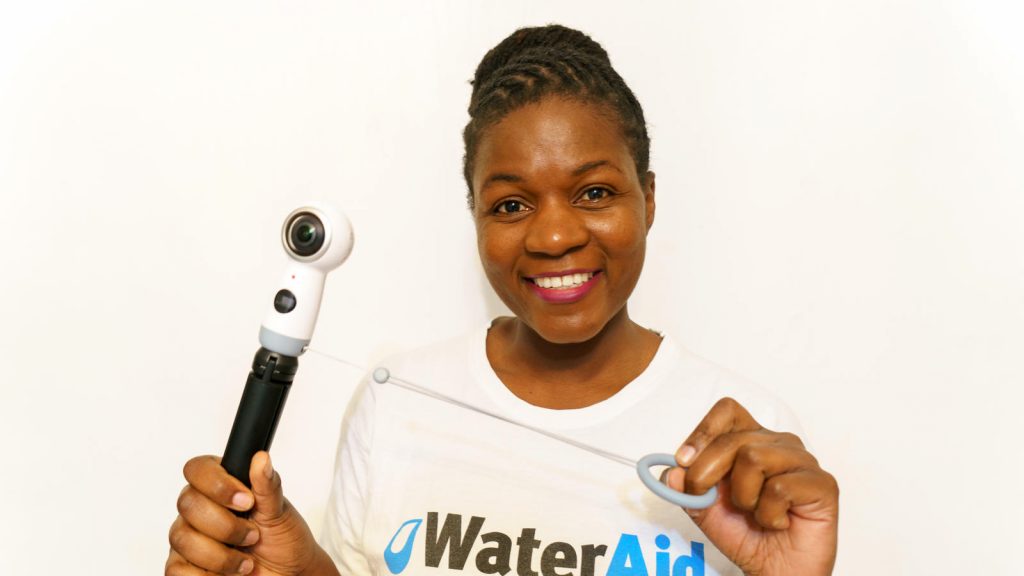 It’s almost year-end fundraising time! WHEEEEEEEEEEEEEEEE!
It’s almost year-end fundraising time! WHEEEEEEEEEEEEEEEE!
Giving Tuesday, holiday campaigns, annual reports, Thanksgiving – you name it, nonprofits are going full force these next two months to get their share of the year-end giving pie.
And it’s a big pie.
30% of annual giving occurs in December – with 10% happening on the last 3 days of the year! (That’s nuts, procrastinators!)
Not to mention everyone’s inboxes and social media feeds are cluttered with Black Friday, Cyber Monday, New Year’s Eve emails and messages and campaigns… it’s enough to make you already exhausted!
All of these channels and accounts – your friends, family, businesses, companies, nonprofits, organizations – are competing for the scarcest resource on the planet.
Your attention.
The best way to earn and to keep attention is through thoughtful and authentic digital storytelling.
The key to becoming a great storyteller is understanding that you are not entitled to attention, you must earn it.
This bears repeating.
You are not entitled to anyone’s attention, no matter how amazing you are.
You have to EARN it.
Here are 5 ways to grab attention using your nonprofit stories at year-end.
1) Use Visceral Imagery.
One way to grab attention is by using visceral imagery.
In 1787, a group of 12 men got together in a printing shop in Great Britain and formed The Society for Effecting the Abolition of the Slave Trade.
Their goal was to educate the public on the horrors of slavery – but more than that, to elicit discussion and debate in public spaces.
They created a logo that inspired empathy and concern:

In what’s been called the first visual storytelling campaign, they also created an infographic that showed the horrific conditions on the slave ships.
By posting this logo and this infographic across Great Britain in taverns and pubs, they spurred discussion.

They EARNED attention.
They also achieved abolition of the international slave trade in 1807 (eye roll, America).
2) Be Unexpected.
Get away from what is expected.
Ever heard of the Monomyth? No?
Maybe you’ve heard of the Hero’s Journey. It’s really just Joseph Campbell’s Monomyth popularized by Christopher Vogler in The Writer’s Journey: Mythic Structure for Storytellers and Screenwriters.

If you aren’t familiar with this common storytelling archetype, it involves tales of a hero who goes on an adventure, often unwillingly, and saves the world (or saves the girl).
This is the archetype upon which stories from Odysseus to Luke Skywalker are based.
The problem is that this story structure is not workable for many of us.
Unless we have a budget of $500 million and a movie studio, using the Hero’s Journey for our purposes is too prescriptive and predictable.
We need to challenge assumptions, break expectations, surprise people to keep attention and avoid story fatigue.
We need to use unexpected plot twists, plot structures, and unusual characters.
We have to be creative and look beyond the obvious story and the overused case/example mode.
We are saturated in story, and we are saturated in messages competing for our attention.
Only stories that resonate at a deeply human, universal level, beyond a recounting of “things that happened”, are going to cut through the clutter.
3) Avoid Neutral Language.
To grab attention and help educate the public on issues of unfairness in the US worker’s compensation system, ProPublica and NPR published an in depth article, featuring stories of two men living in different states both suffering devastating workplace injuries.

The article entitled How Much Is Your Arm Worth? uses a great headline and visual storytelling to grab your attention and increase empathy.
Josh Potter lost his arm when he fell under a machine at this auto plant in LaFayette, Ga., just 15 miles from the Alabama state line.
“It was like dust,” he said of his injury. “There was no fixing the bone.”
Don’t use neutral language in your headlines and in your storytelling.
Think about wording that would grab attention and pique the curiosity of readers.
4) Think Creatively.
Amnesty International turned family life into living art to raise awareness and help change the rules for refugee families in the UK.
They set up an installation in a major square in London, and encouraged people to watch on Facebook Live as regular families shared everyday, mundane activities.

This encouraged people to call their Members of Parliament to get a vote in favor of the Refugee Family Reunion Bill, which passed a few weeks later.
5) Experiment With Innovative Technology.
Another way that marketers are grabbing attention is through new technologies and immersive storytelling
Water Aid gave 360 degree cameras to their staff in the field across the world to shoot interactive, attention-grabbing video of life in the places they work with the populations they serve.

Pencils of Promise created a compelling virtual reality film that transports viewers to a PoP classroom in rural Ghana, showing the transformational effect education can have on a community.
The only way to grab attention and keep it is by doing the unexpected, the unusual, the creative.
Remember:
People fail to act NOT because they do not have enough information. Often, they have too much.
People fail to act because you haven’t made them care, and they don’t know what to do next.
How are you using storytelling at year-end? Leave your ideas and thoughts in the comments, and be sure to jump into the Facebook Group to tell us what you are struggling with!
How to Build Your Nonprofit Email List Using Your Website & Social Media

Your email list is essentially the communicative lifeblood of your nonprofit.
Okay, that was a little dramatic, but seriously, your nonprofit needs a robust and plentiful email list to continue engaging your community and garnering support.
But how does your nonprofit go about building this active email list, you might ask?
Via your nonprofit’s website and social media profiles of course!
J Campbell Social Marketing has partnered with Elevation to bring you this free guide to building your nonprofit email list, using the tools that you already have!
